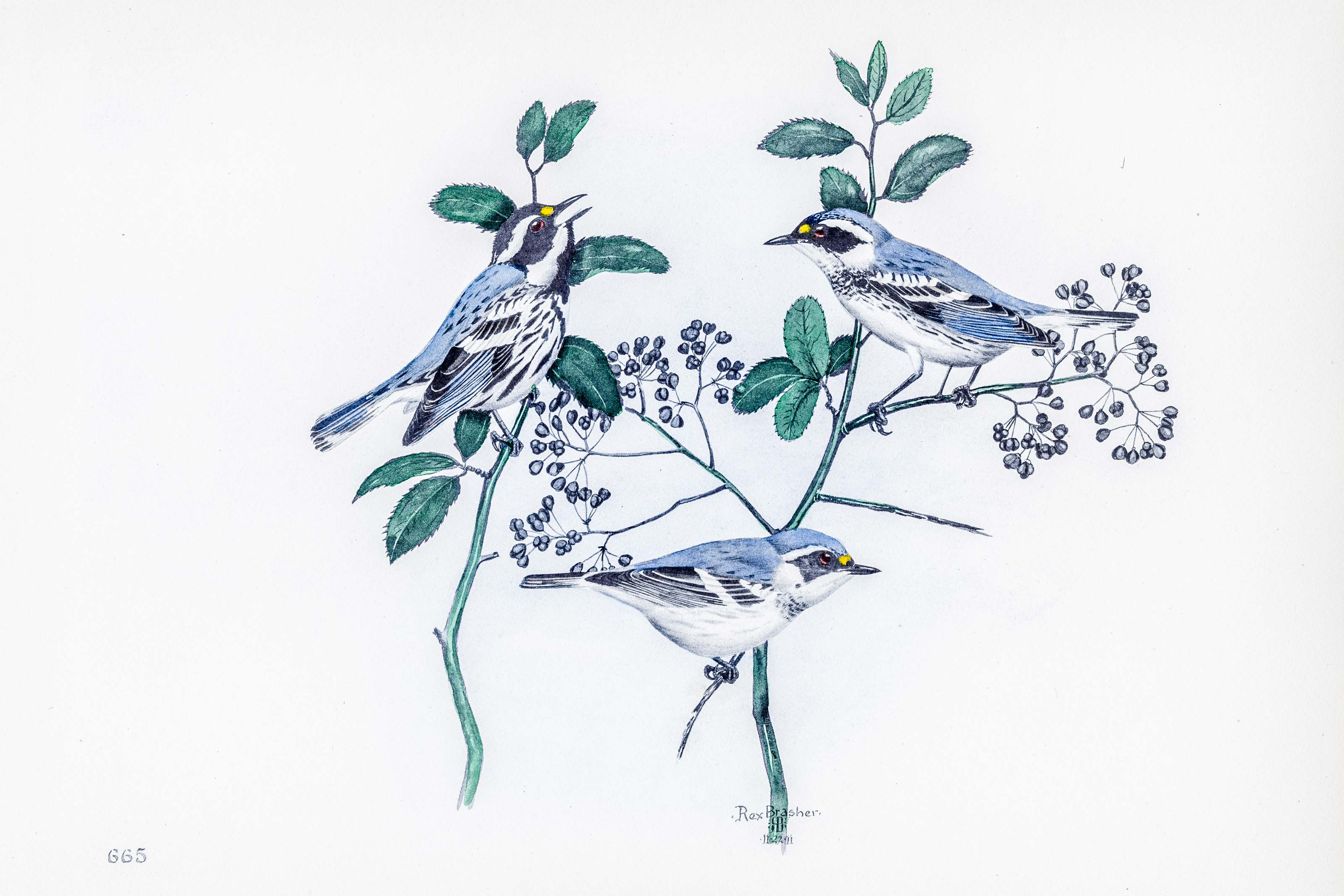
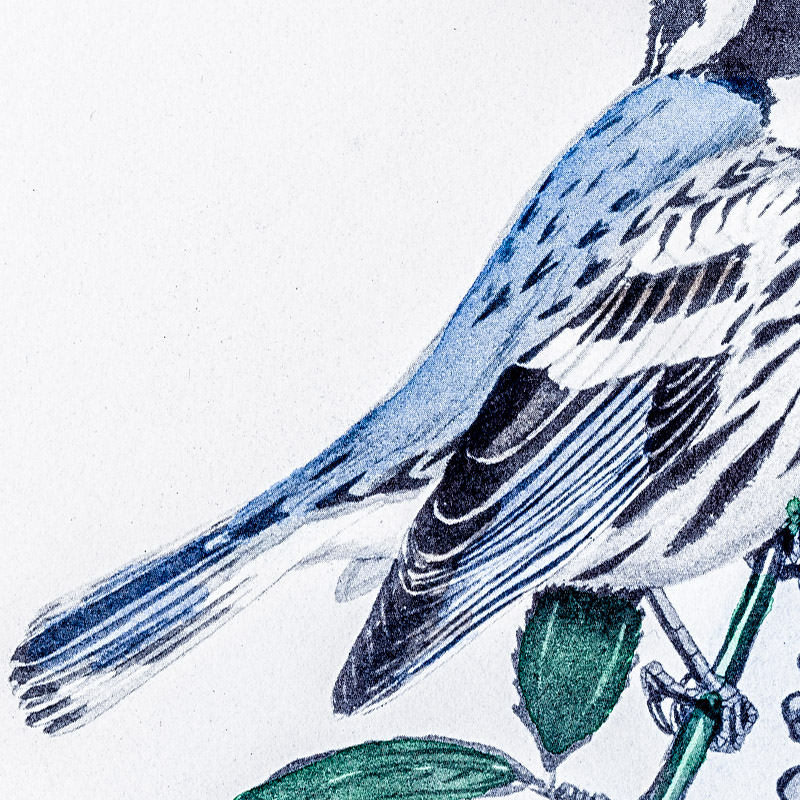
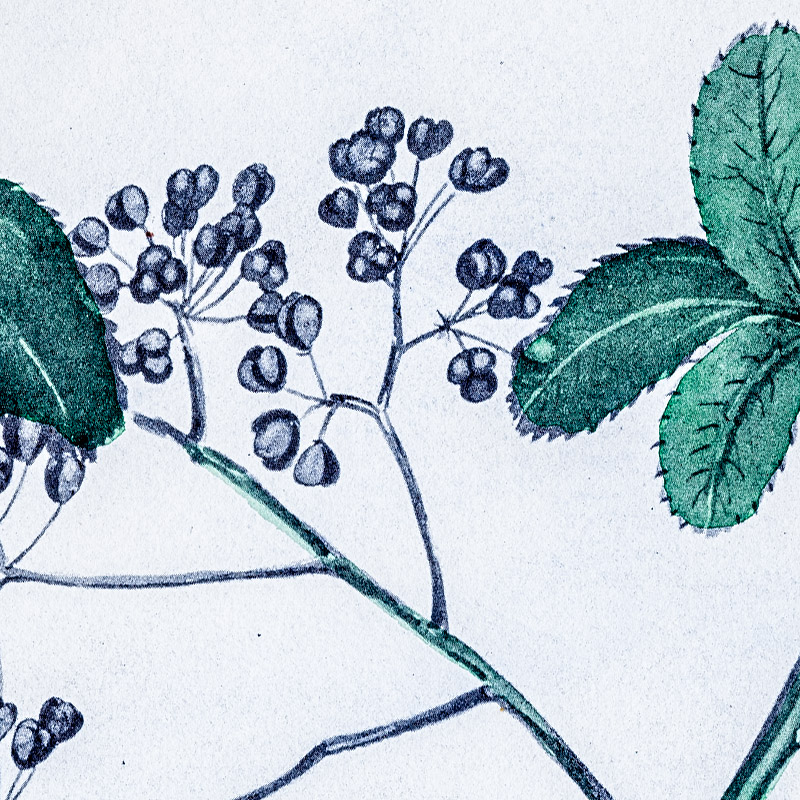

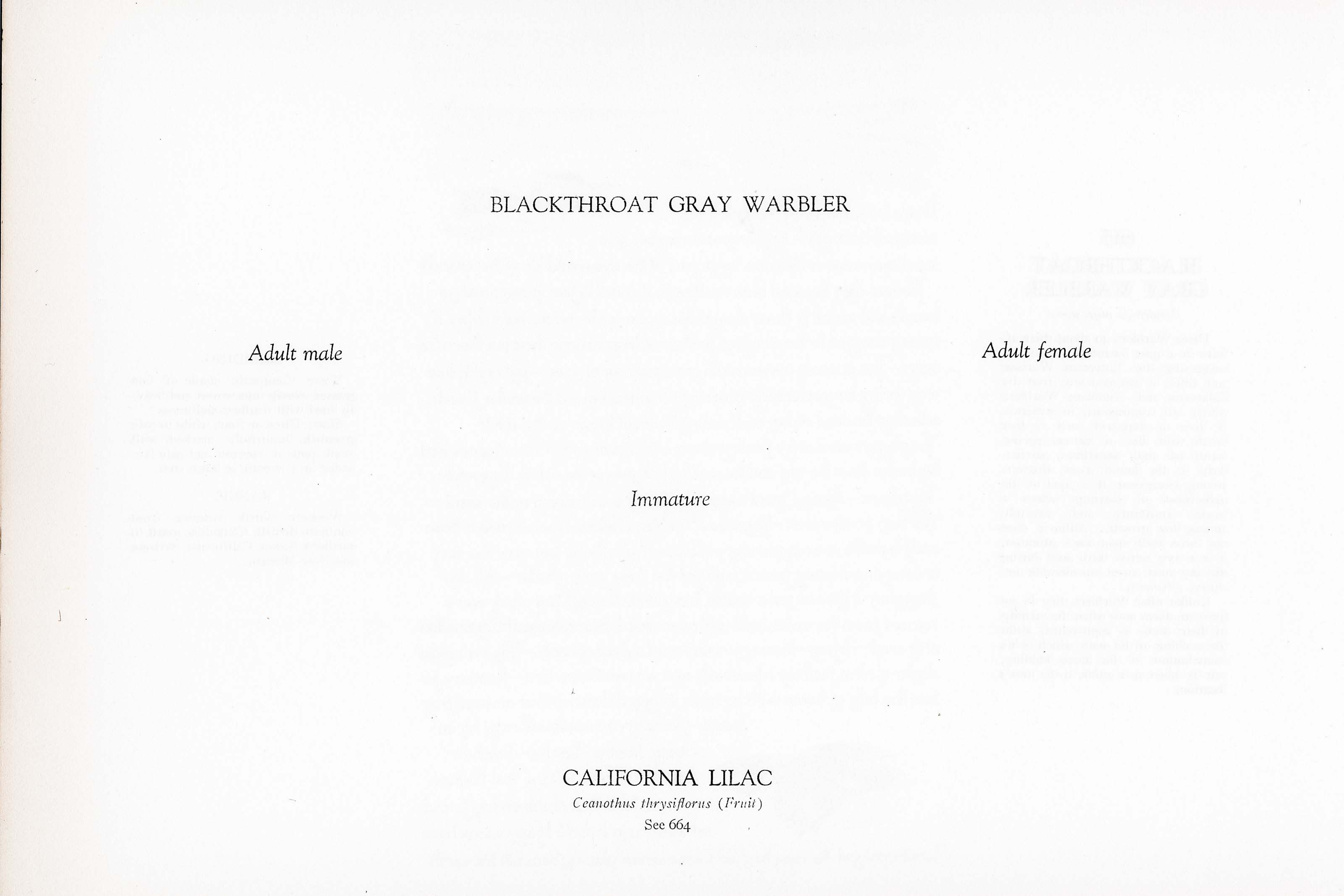
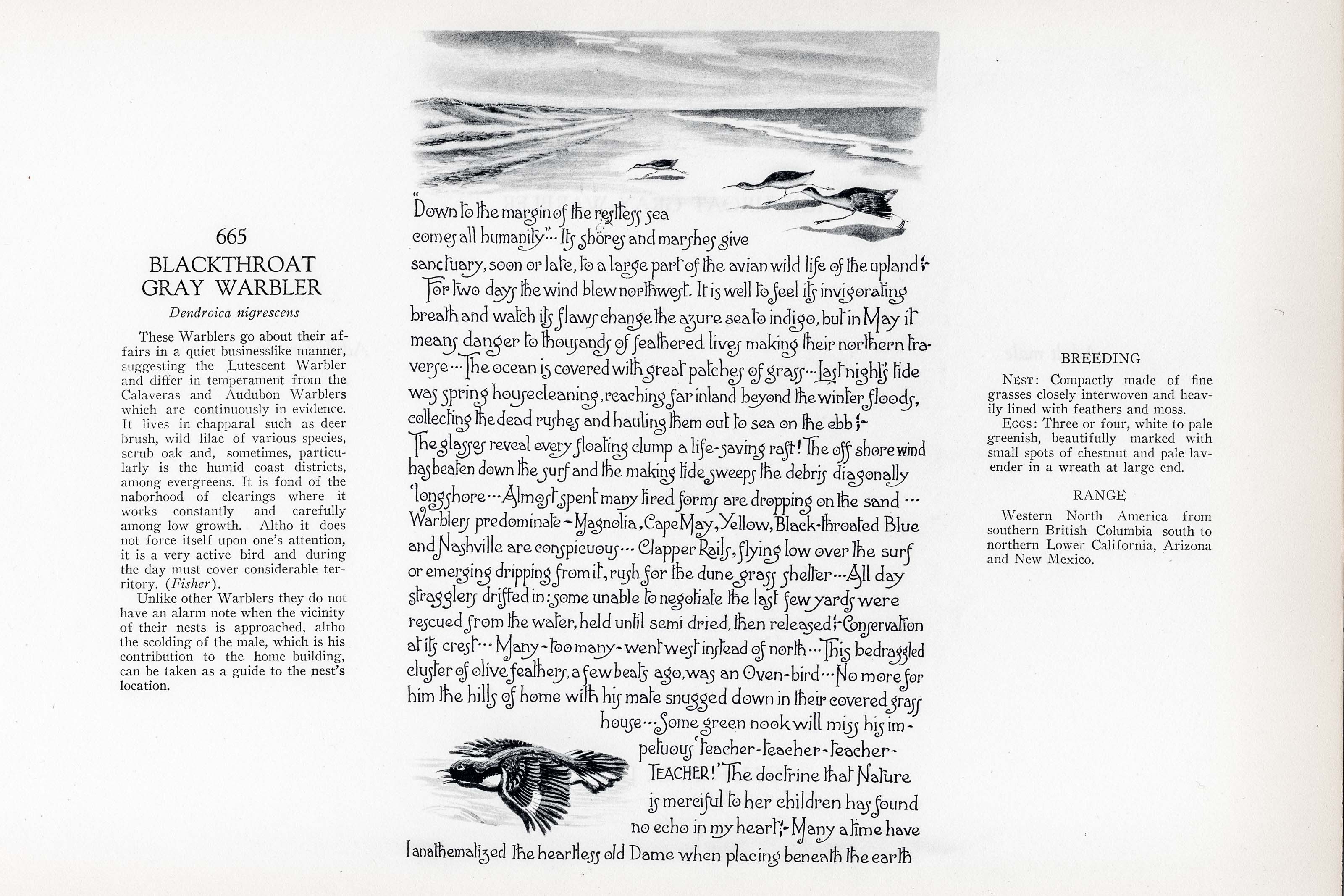

1911
1930
11
665
A team of dedicated board members, volunteers, and student interns has published every page in Volume 9. This volume includes 360 images of paintings and lyrical descriptions of birds, now available online for everyone to enjoy anywhere in the world. This is a monumental task. Each volume requires approximately 400 hours to photograph, edit, transcribe, catalog, and publish online. We need your support to complete this work.
If you're tech-savvy, have a good eye, are meticulous with details, and love structured data, please consider volunteering by emailing us at hello@rexbrasher.org.
We encourage all bird lovers and supporters to consider a monetary donation to support our mission to make Rex's work available for everyone. You can provide a one-time or recurring donation online.
These Warblers go about their affairs in a quiet businesslike manner, suggesting the Lutescent Warbler and differ in temperament from the Calaveras and Audubon Warblers which are continuously in evidence. It lives in chapparal such as deer brush, wild lilac of various species, scrub oak and, sometimes, particularly in the humid coast districts, among evergreens. It is fond of the naborhood of clearings where it works constantly and carefully among low growth. Altho it does not force itself upon one's attention, it is a very active bird and during the day must cover considerable territory. (Fisher).
Unlike other Warblers they do not have an alarm note when the vicinity of their nests is approached, altho the scolding of the male, which is his contribution to the home building, can be taken as a guide to the nest's location.
NEST: Compactly made of fine grasses closely interwoven and heavily lined with feathers and moss.
EGGS: Three or four, white to pale greenish, beautifully marked with small spots of chestnut and pale lavender in a wreath at large end.
Western North America from southern British Columbia south to northern Lower California, Arizona and New Mexico.
A tree up to 40 feet in height, distributed on mountainsides of California, from Mendocino County to the valley of San Luis Rey River. Largest in the northern part of its range, dwindling to a low shrub southward.